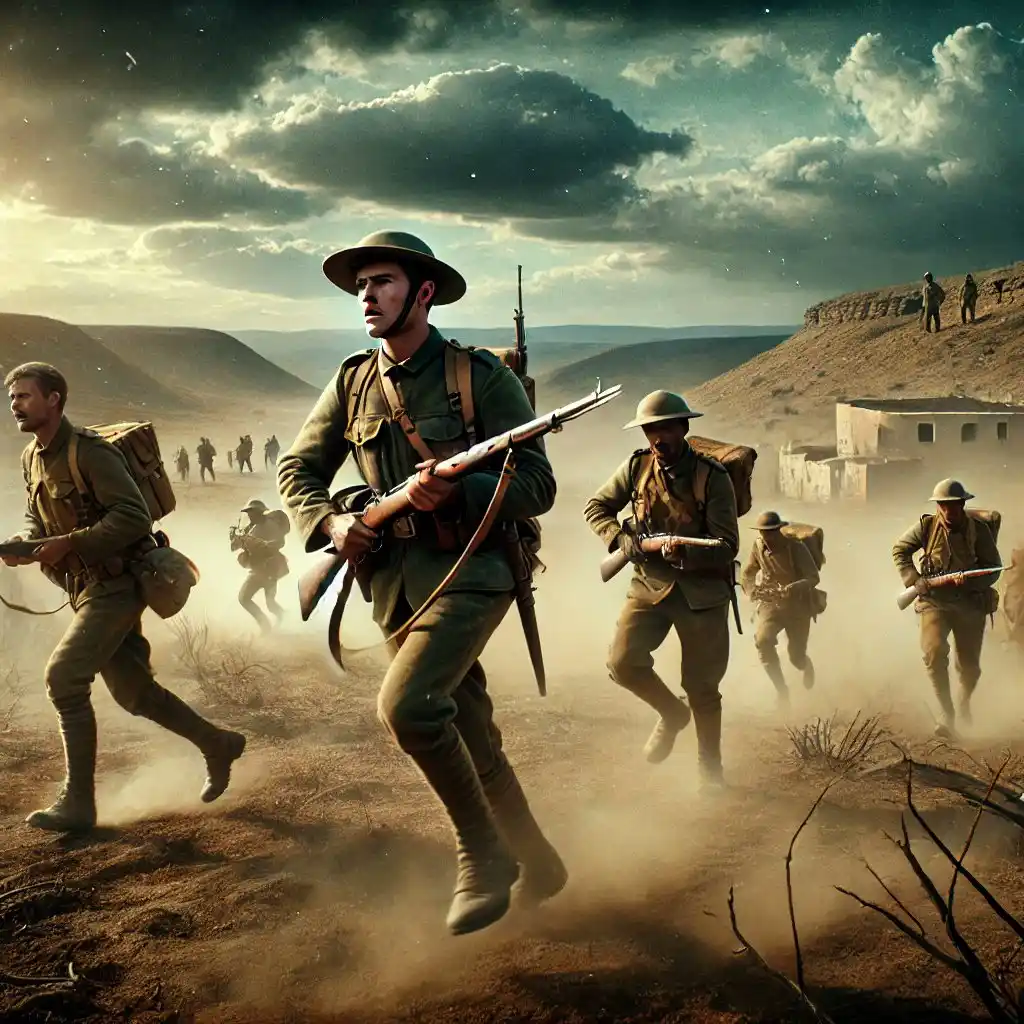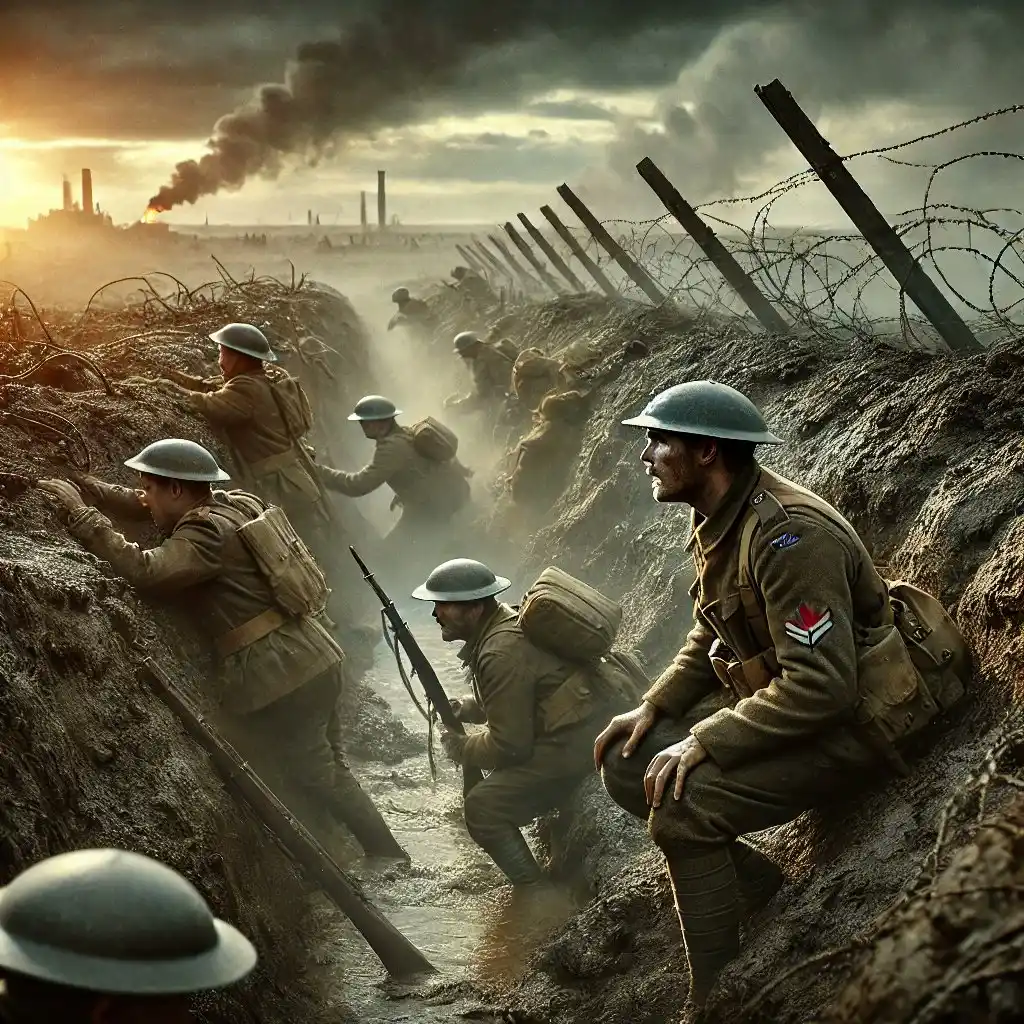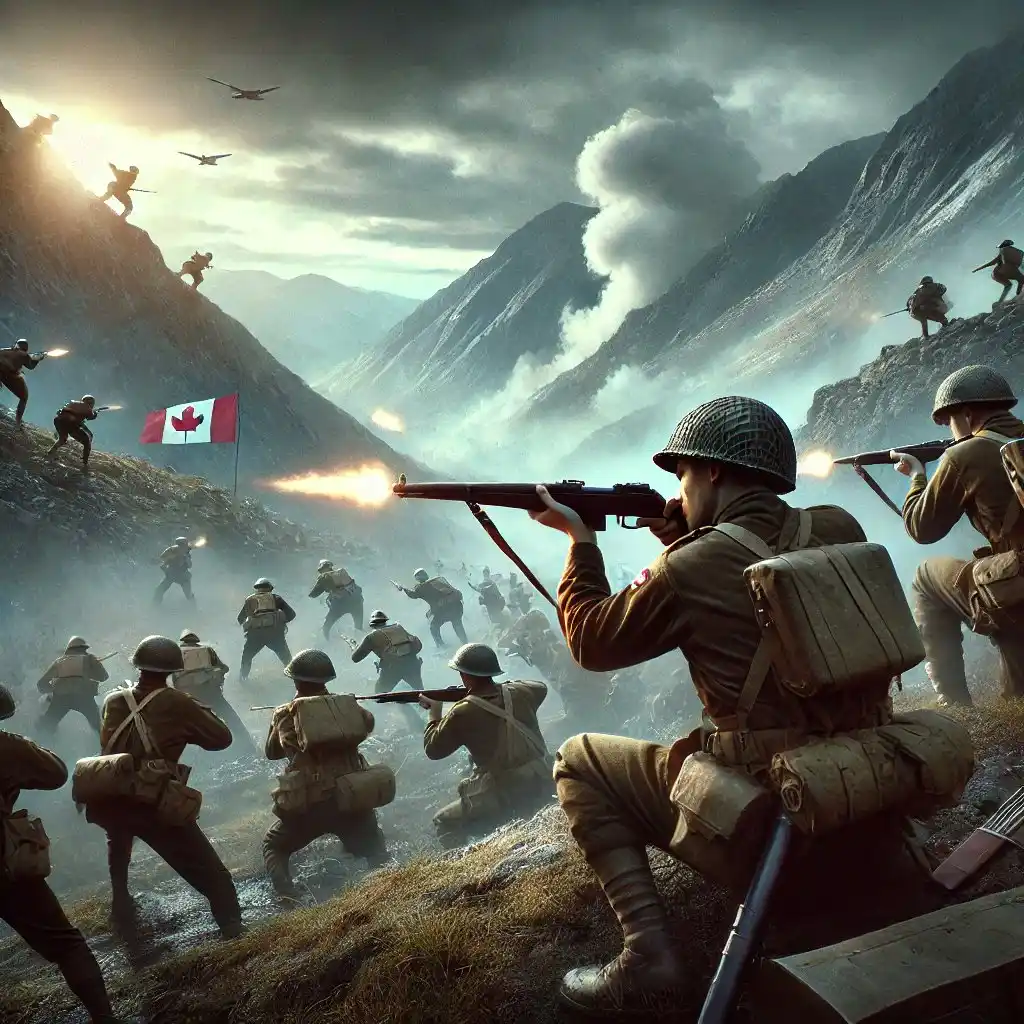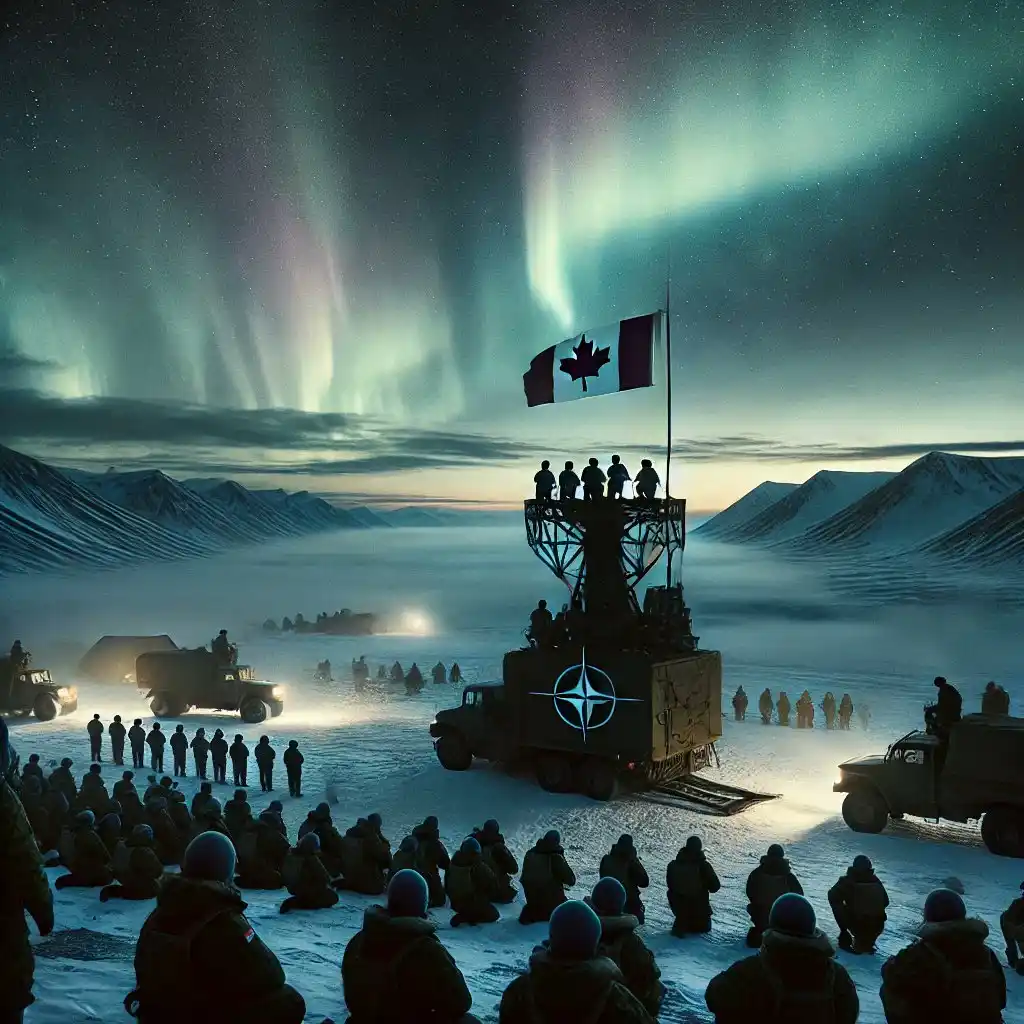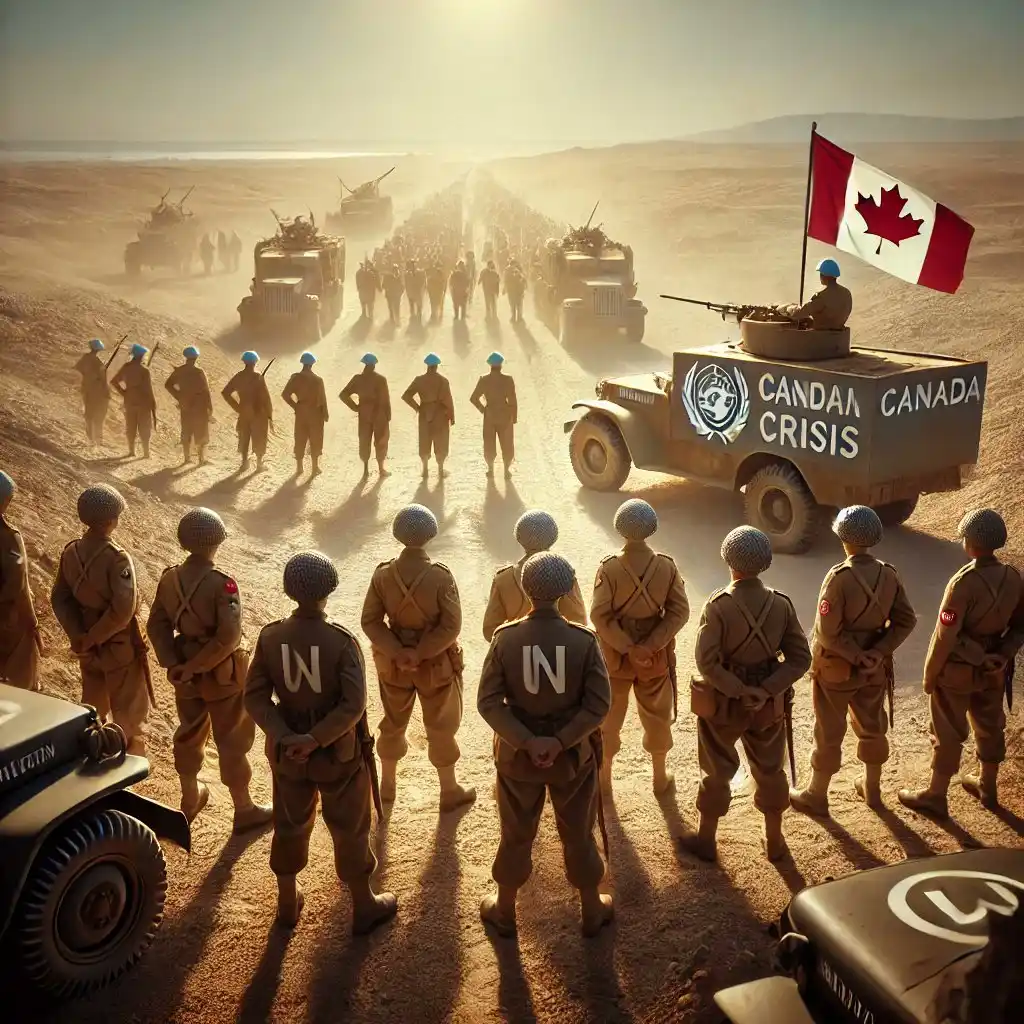Introduction:
1. The South African War (Boer War, 1899-1902)
2. World War I (1914-1918)
-
Second Battle of Ypres (1915): This marked Canada’s baptism of fire on the Western Front. Despite facing the first major gas attack in modern warfare, the Canadian troops held their line with remarkable resilience. Their unwavering defense amidst the green clouds of chlorine gas earned them a reputation for fierce bravery.
-
Vimy Ridge (April 1917): A defining moment, where all four Canadian divisions fought together for the first time under Canadian command. The capture of this strategic high ground, long deemed impregnable, became a symbol of national pride and military ingenuity. The meticulous planning and execution of the battle are hailed as a masterpiece of coordination and discipline.
-
Battle of Passchendaele (1917): Fought in the mud-choked fields of Flanders, this battle epitomized the horrors of trench warfare. Canadian forces slogged through near-impossible conditions to capture their objective at a significant cost, showcasing resilience and sheer willpower.
Sacrifices: By the end of the war, approximately 61,000 Canadians had laid down their lives, and another 172,000 were wounded. These losses reverberated through communities and families, forging a collective understanding of the cost of freedom and galvanizing a national identity built on shared sacrifice.
Legacy: The Great War reshaped Canada from a dominion within the British Empire to an independent player with its own voice on the world stage. The valor and strategic brilliance demonstrated by Canadian forces were commemorated in memorials like the Vimy Ridge Monument, standing as eternal testaments to their heroism.
3. World War II (1939-1945)
Population and Mobilization: Despite a population of only 11 million, Canada mobilized over 1.1 million servicemen and women — equivalent to 10% of its population. This unprecedented effort demonstrated the nation’s profound commitment to defending democracy and combating tyranny on a global scale.
-
Transformation of the Royal Canadian Navy (RCN): At the outbreak of the war, the RCN was a modest force with just 13 ships and 3,500 personnel. By 1945, the Royal Canadian Navy was among the largest Allied navies, particularly in anti-submarine warfare. Its growth was essential in the Battle of the Atlantic. By 1945, it commanded over 400 combat ships. This rapid growth was essential in the Battle of the Atlantic, the longest continuous military campaign of the war.
-
Battle of the Atlantic: The RCN’s fleet of rugged Flower-class corvettes and larger destroyers played a pivotal role in protecting convoys from German U-boat attacks. These ships braved harsh Atlantic conditions, hunting submarines and ensuring the safe passage of vital supplies to Allied Europe. The courage and determination of Canadian sailors, who endured icy waves and the constant threat of torpedoes, were vital to maintaining supply lines and sustaining the Allied war effort.
-
Growth of the Royal Canadian Air Force (RCAF): The Royal Canadian Air Force (RCAF) was among the top five largest Allied air forces by the end of World War II, with approximately 230,000 personnel and 86 operational squadrons. Canadian airmen took part in every major Allied air campaign, from the Battle of Britain to bombing raids deep into enemy territory.
-
No. 6 Group in RAF Bomber Command: This all-Canadian bomber group carried out relentless nighttime raids over heavily defended industrial and military targets in Germany, contributing to the destruction of key war capabilities. These missions were perilous, with crews navigating flak-filled skies and facing the constant threat of enemy interceptors.
-
British Commonwealth Air Training Plan (BCATP): Canada’s expansive training program prepared over 130,000 Allied pilots, navigators, and aircrew, earning the country the title “aerodrome of democracy.” The BCATP’s success was a testament to Canadian organizational prowess and the collaborative spirit that bolstered the Allied air forces.
-
Italian Campaign (1943-1945): Canadian troops faced brutal conditions and staunch German resistance as they fought through the mountainous terrain of Italy. The Battle of Ortona, often called “Little Stalingrad,” involved fierce house-to-house fighting that highlighted Canadian soldiers’ tenacity and combat skills.
-
D-Day and the Normandy Invasion (June 6, 1944): Canadian forces were assigned to Juno Beach, one of the most heavily defended sectors. Their successful breach of German fortifications was critical to securing a foothold for the Allied advance into Europe. Despite heavy casualties, Canadian troops pushed forward, paving the way for the liberation of France.
-
Liberation of the Netherlands: In the final year of the war, Canadian forces played a decisive role in liberating the Dutch people from Nazi occupation. They advanced through entrenched positions, forging an enduring bond between Canada and the Netherlands that is celebrated to this day.
-
War Production: Canada’s industrial sector surged to meet wartime demands, producing over 815,000 military vehicles, including trucks, armoured carriers, and tanks like the Ram and Grizzly models. Shipyards on both coasts launched hundreds of warships, merchant vessels, and landing craft, bolstering the Allied fleet.
-
Aircraft Production: Factories across the country manufactured over 50,000 aircraft, from essential training planes to operational bombers. Canadian munitions plants churned out millions of rounds of ammunition, artillery pieces, and Bren guns, ensuring Allied forces were well-supplied on all fronts.
-
Human Cost: Approximately 45,000 Canadians were killed, and 55,000 were wounded during World War II. These sacrifices resonated deeply within Canadian society, with entire communities grieving the loss of young soldiers, airmen, and sailors.
-
Legacy of Courage: Canada’s wartime contributions earned it a newfound respect on the global stage. The end of the war solidified its status as an influential middle power with a voice in post-war decisions. The sacrifices of Canadian service members are memorialized in monuments, historical records, and the enduring values of freedom and democracy they defended.
4. Korean War (1950-1953)
Involvement and Achievements: Over 26,000 Canadians served in Korea, with the Princess Patricia’s Canadian Light Infantry (PPCLI) showcasing exceptional valour during the Battle of Kapyong. This pivotal defense against a larger force earned the unit a U.S. Presidential Unit Citation. The Canadian contribution in Korea reinforced the nation’s dedication to international peace and collective security during the Cold War era, proving Canada’s capability to stand firm alongside global allies against aggressive powers.
Legacy and Impact: The Korean War emphasized Canada’s strategic importance in NATO and solidified its reputation for military professionalism and commitment to global stability.
5. The Cold War Era (1947-1991)
Contributions: Canada’s role during the Cold War included significant participation in NATO operations, the establishment of the DEW (Distant Early Warning) Line across the Arctic for North American defense, and continuous military readiness. The DEW Line was established primarily to detect incoming Soviet bombers over the Arctic, serving as an early warning system. Although direct combat was not involved, the period was marked by Canadian forces’ preparedness to respond to potential Soviet threats, reflecting silent heroism through vigilance.
Heroism in Readiness: The Canadian Armed Forces (CAF) contributed to NATO exercises and joint maneuvers, demonstrating the country’s steadfast resolve in ensuring peace and deterrence during a tense geopolitical era.
6. Peacekeeping and the Suez Crisis (1956)
Diplomatic Brilliance and Legacy: Canada’s Foreign Minister Lester B. Pearson’s proposal of a UN peacekeeping force to de-escalate the Suez Crisis was a landmark achievement. The success of this initiative earned Pearson the Nobel Peace Prize in 1957 and positioned Canada as a global leader in peacekeeping, setting a precedent for future missions. This move established Canada’s identity as an advocate for peaceful conflict resolution and solidified its reputation as an impartial mediator in international disputes
7. The Gulf War (1990-1991)
Involvement and Operations: Canada contributed to Operation Desert Storm by deploying CF-18 Hornet fighter jets, naval vessels like HMCS Protecteur and HMCS Terra Nova, and medical support units. Canadian pilots flew over 100 combat sorties, enforcing UN sanctions and defending coalition forces.
Heroic Actions and Values: The CAF’s participation was characterized by effective coordination, adaptability, and skillful execution under fire, reinforcing Canada’s reputation as a dependable ally in collective defense efforts. The naval task group’s role in safeguarding supply routes and protecting vessels highlighted the RCN’s strategic prowess.
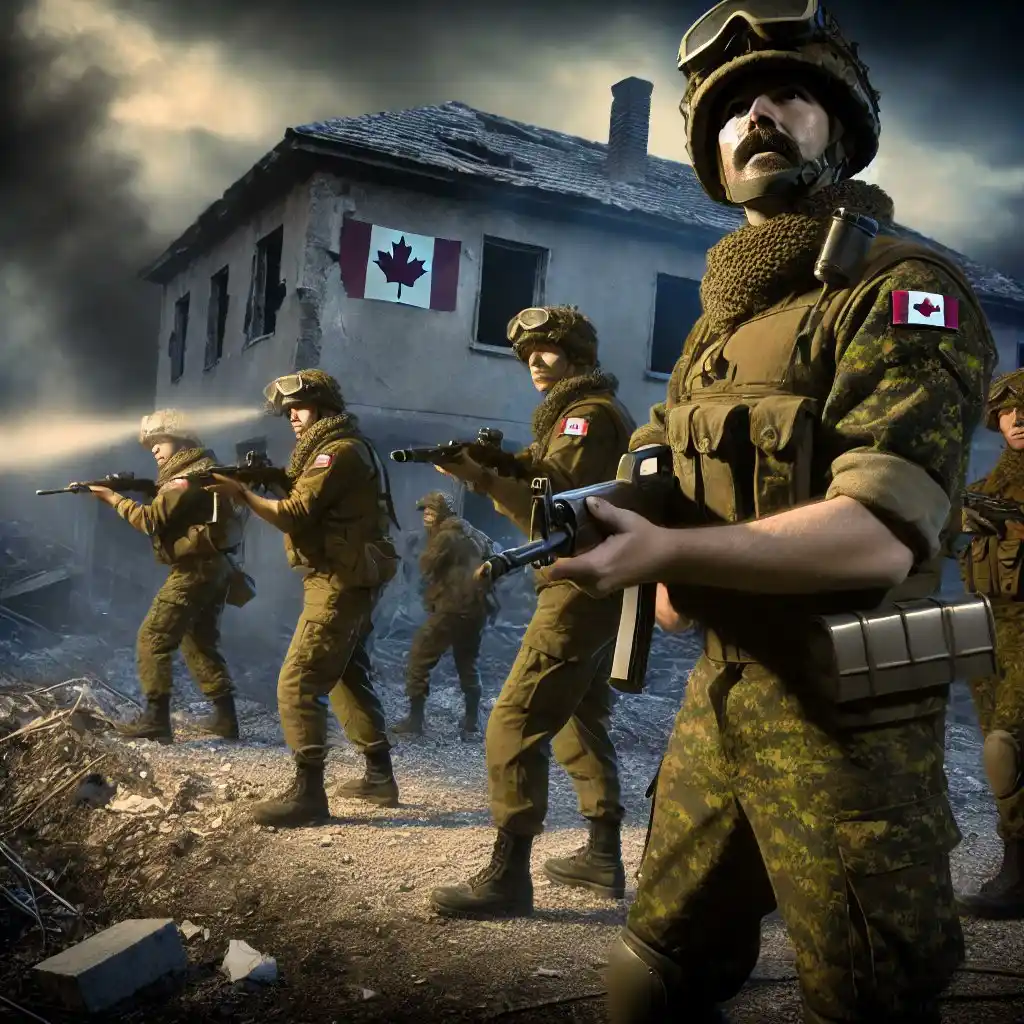
8. Peacekeeping Missions in the Balkans (1992-1995)
Mission Details and Valor: During the Yugoslav Wars, Canada played a key role in UNPROFOR, deploying troops to mitigate violence and protect civilians amidst ethnic conflict.
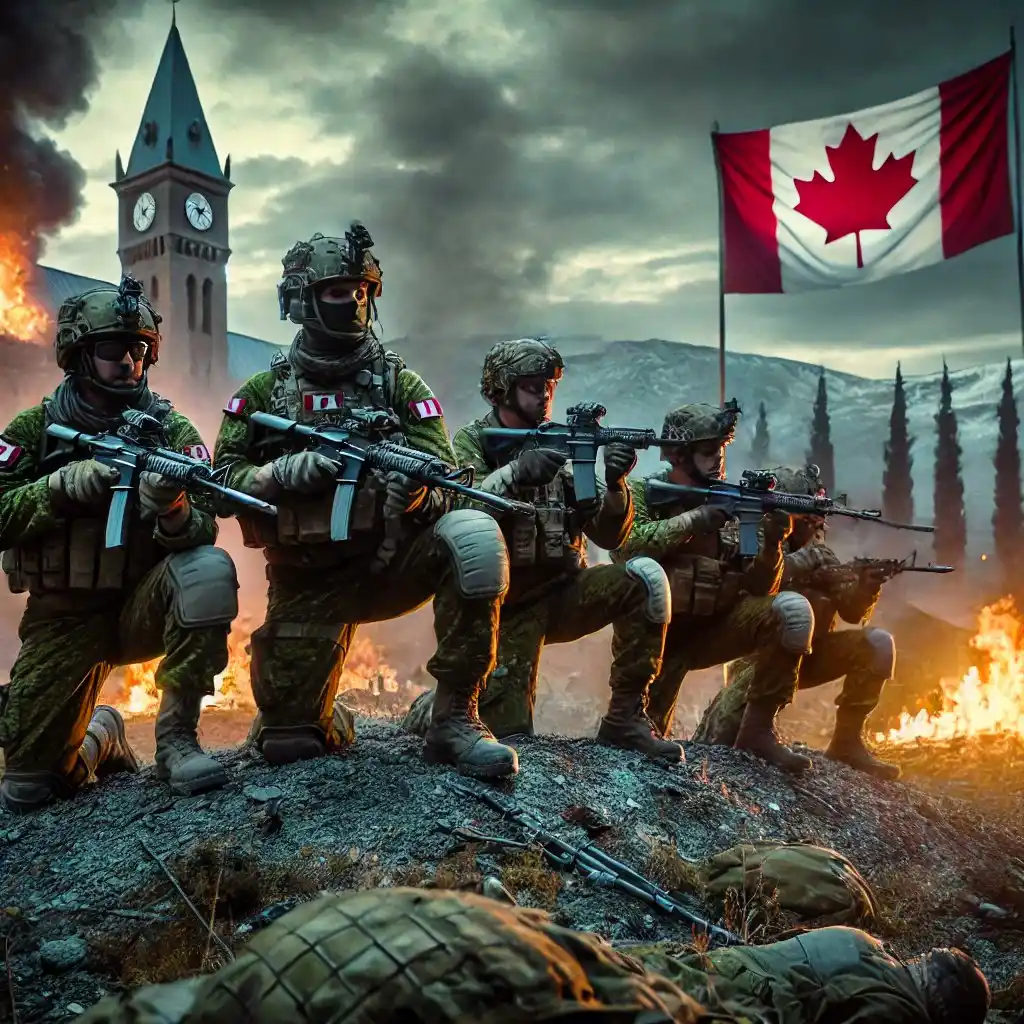
The Medak Pocket incident in 1993 became a notable example of Canadian heroism, where soldiers stood their ground against Croatian forces, defending their position under heavy fire to protect innocent lives. This unwavering dedication earned them international praise and demonstrated Canada’s resilience and moral commitment to peacekeeping.
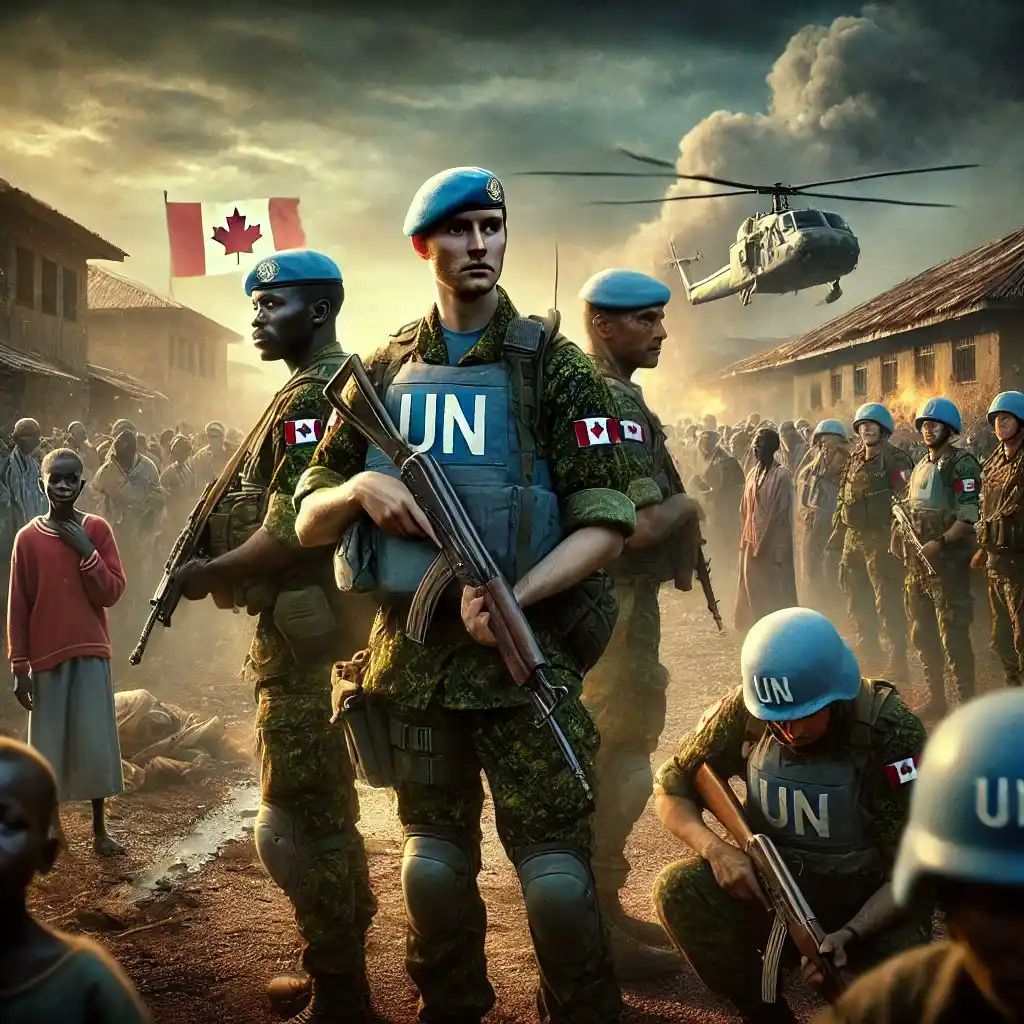
9. Rwanda (1994)
The Mission and Challenges: Under General Roméo Dallaire’s command, Canadian peacekeepers took part in the UN Assistance Mission for Rwanda (UNAMIR) during the Rwandan Genocide. Despite inadequate resources and limited support, Dallaire and his contingent displayed remarkable courage, doing everything in their power to protect civilians and prevent violence.
Heroism Under Adversity: The mission’s constraints did not prevent Dallaire from embodying the values of compassion and moral leadership, as he risked his life and those of his troops to shield thousands from harm.
Significance: This mission served as a somber lesson in international intervention, shaping Canada’s future peacekeeping policies and reinforcing the moral imperative to act against genocide.
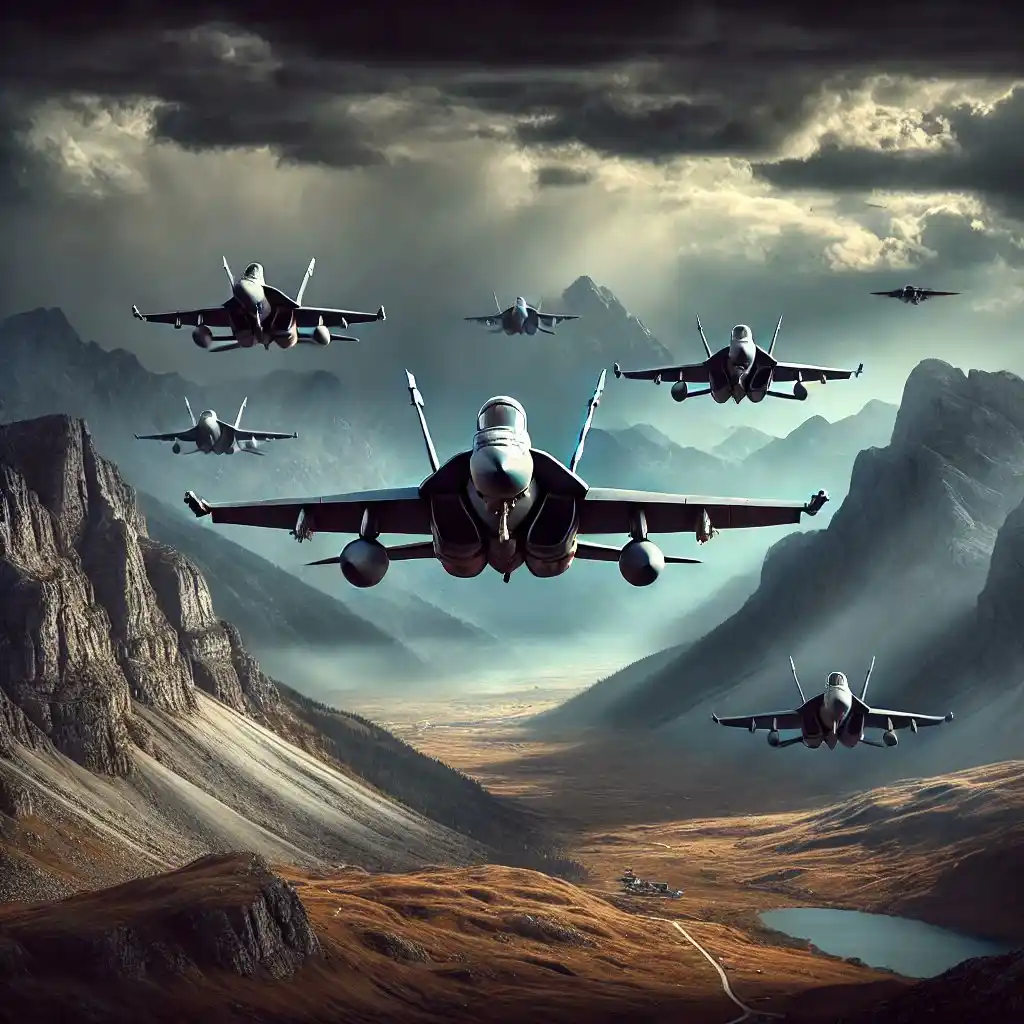
10. Kosovo War (1999)
Contributions and Achievements: Canada’s involvement in NATO’s Operation Allied Force to stop ethnic violence in Kosovo included deploying CF-18s, which flew over 600 combat sorties. The air force’s precision strikes targeted key military sites to prevent further atrocities.
Heroic Commitment: The CAF’s role demonstrated Canada’s readiness to uphold humanitarian principles and defend human rights through strategic military action, reinforcing its commitment to global peace.
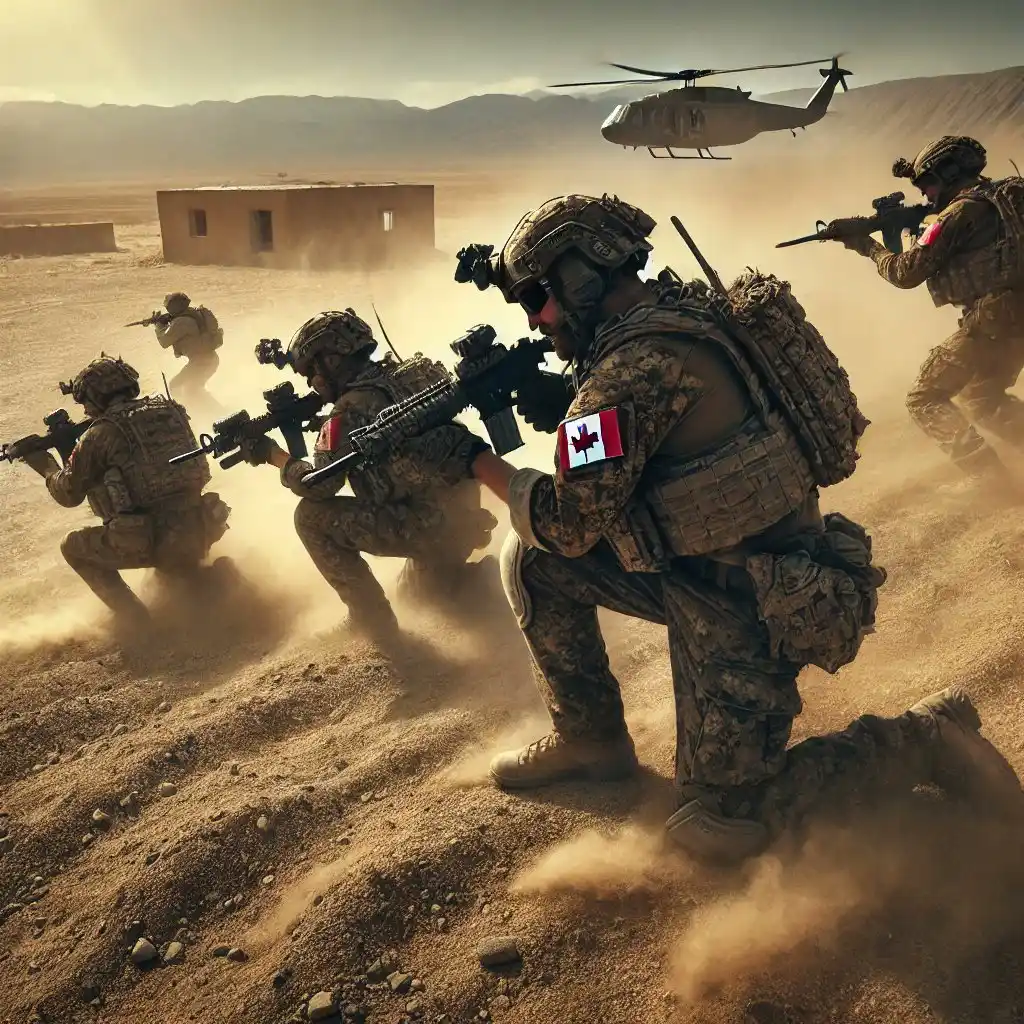
11. Afghanistan War (2001-2014)
Scope and Impact: Over 40,000 Canadian troops served in Afghanistan, focusing on counterinsurgency and reconstruction efforts, particularly in the volatile Kandahar province.
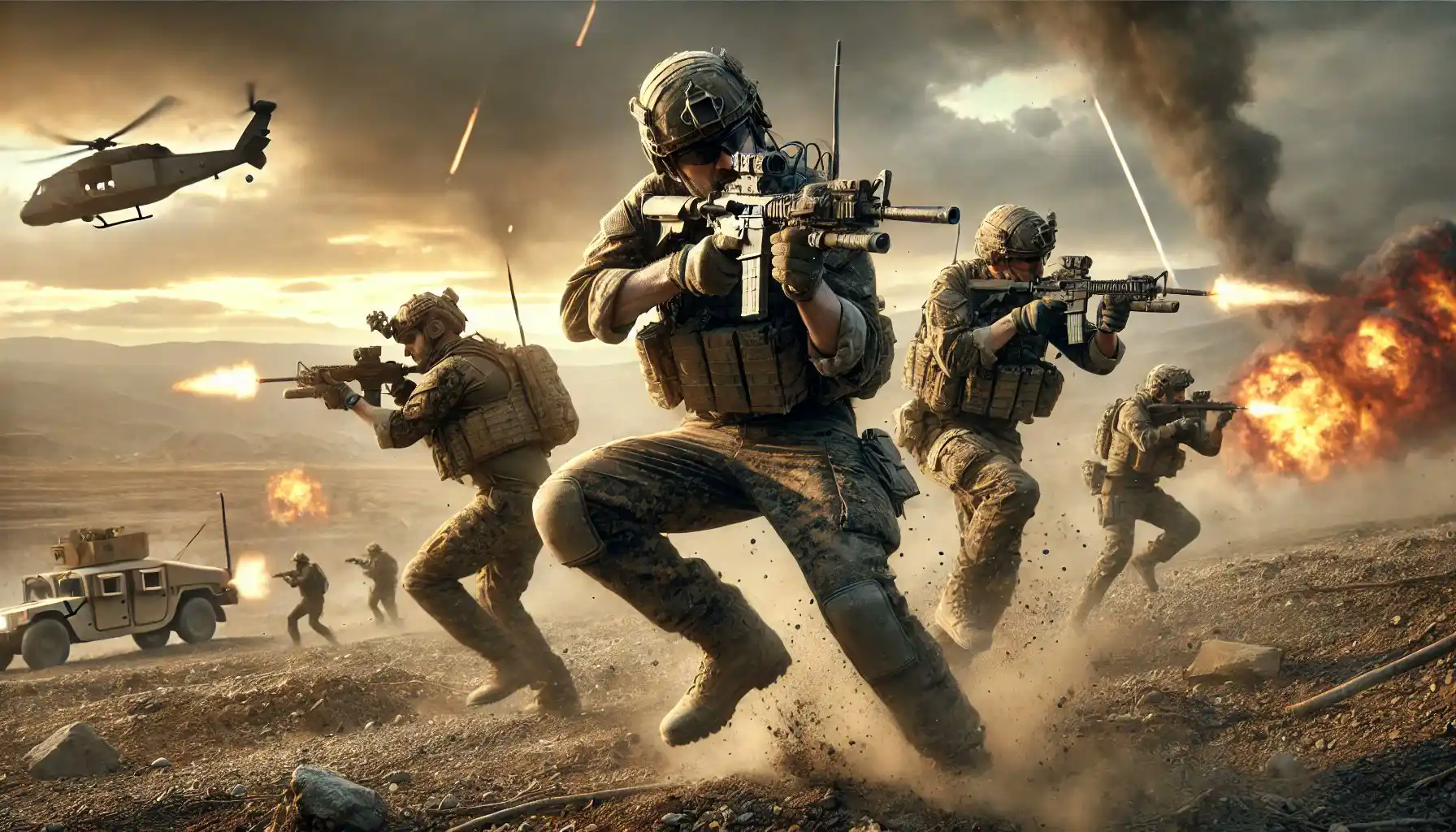
-
Battle of Panjwaii (2006) and Operation Medusa: Canadian forces faced fierce insurgent resistance, showcasing tactical skill and resilience under relentless combat conditions.
-
Sacrifices and Contributions: The mission resulted in 158 Canadian deaths and thousands of wounded, exemplifying Canada’s resolve in combating terrorism and supporting the Afghan people. Canada’s efforts extended to building infrastructure, training Afghan security forces, and fostering community development.
-
Legacy: This mission highlighted Canada’s dedication to promoting stability and combating extremist threats while balancing military and humanitarian objectives.
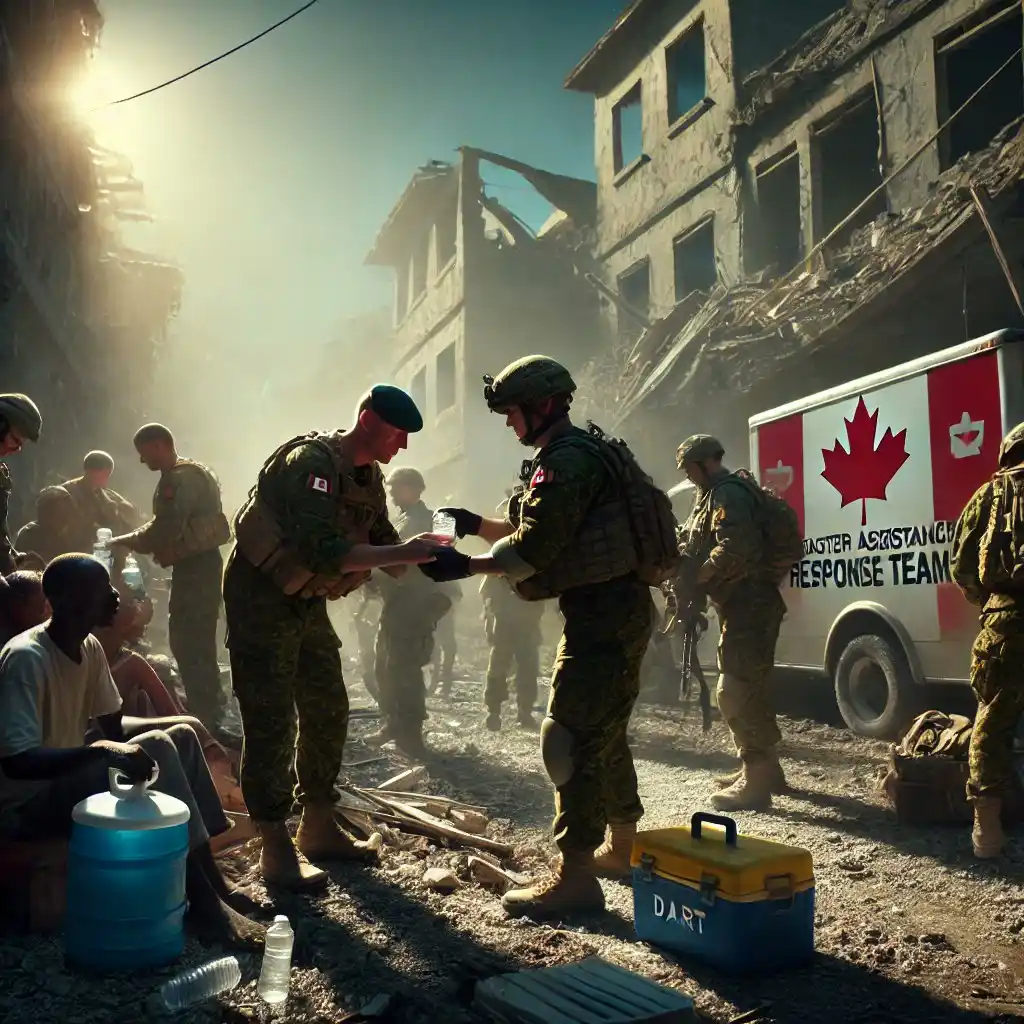
12. Haiti Earthquake Response (2010)
Rapid Humanitarian Response: Following the devastating earthquake, Canada deployed the Disaster Assistance Response Team (DART), providing vital medical care, clean water, and logistical support that aided over 200,000 Haitians.
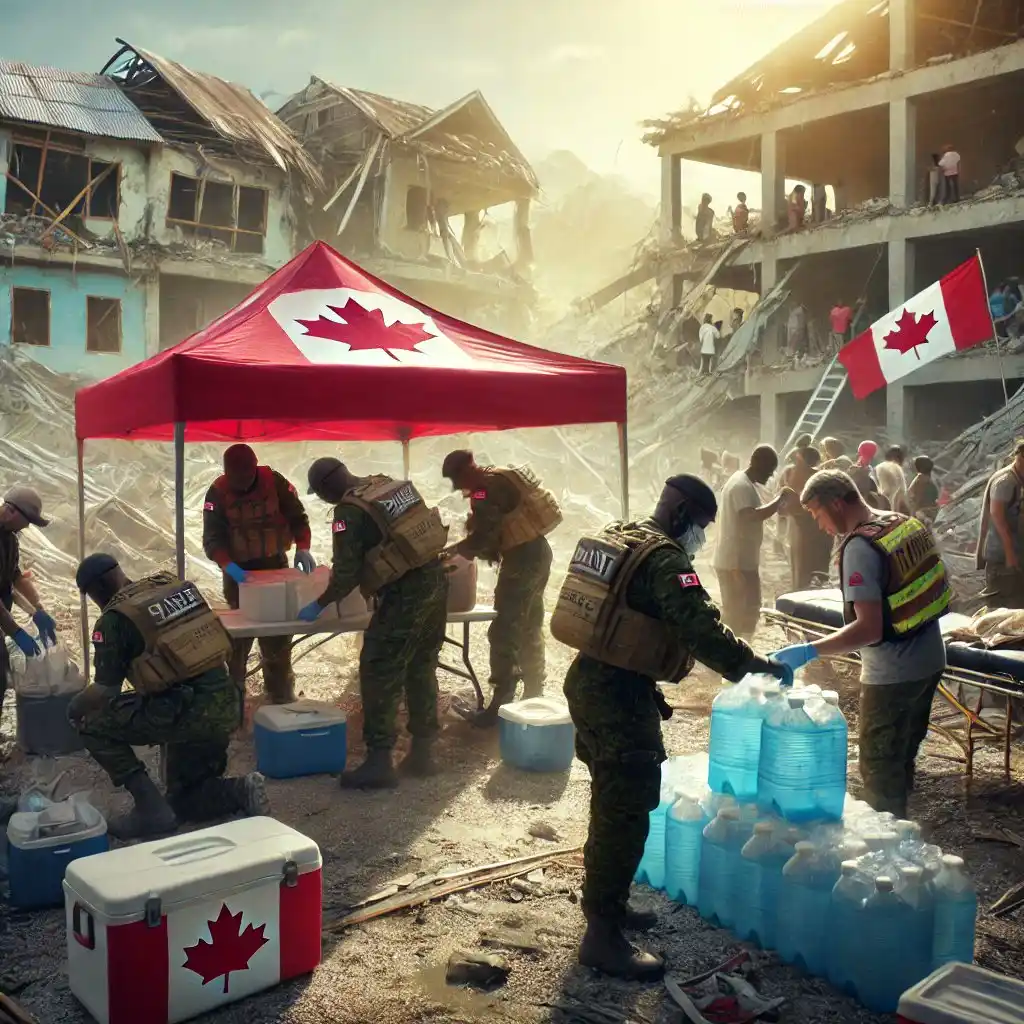
Significance and Heroism: The CAF’s swift and compassionate response showcased Canada’s commitment to humanitarian leadership and rapid assistance during crises.
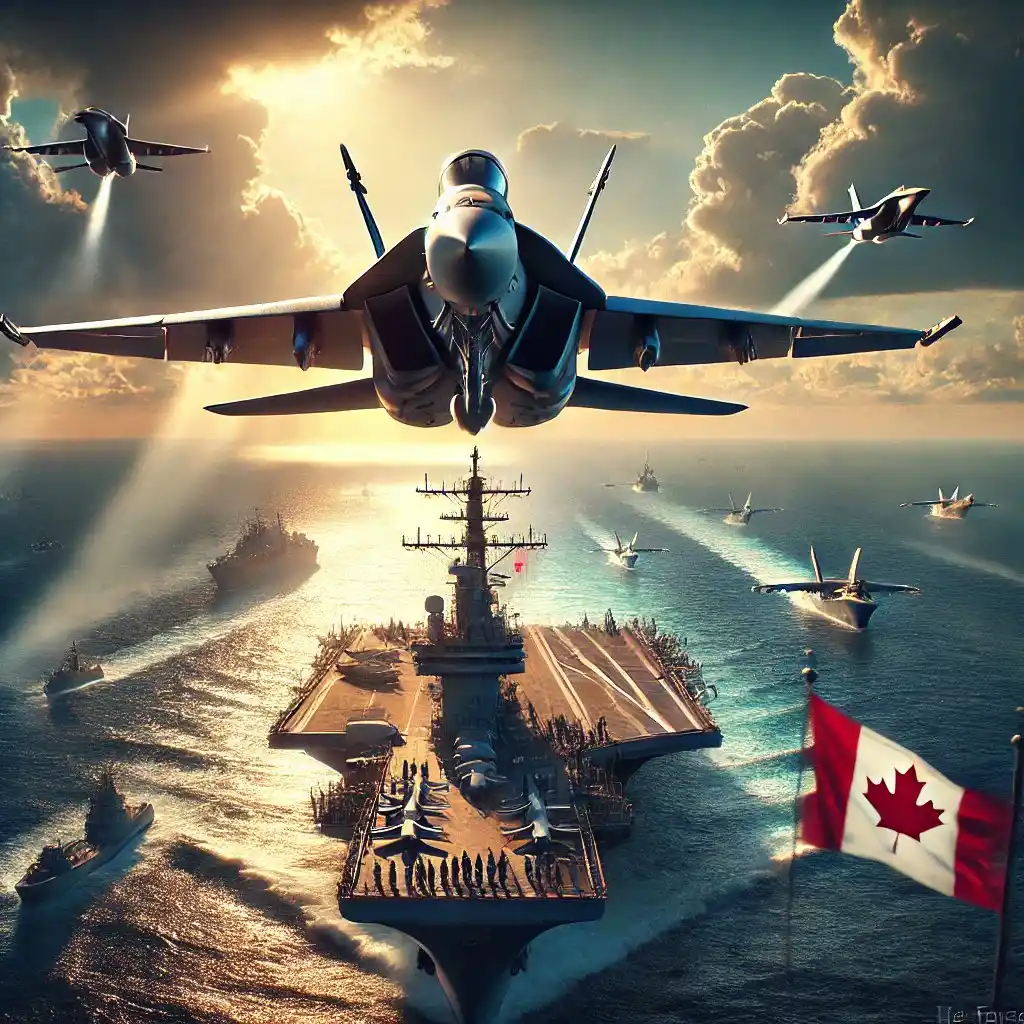
13. Libyan Civil War (2011)
NATO Mission and Canadian Role: Canada contributed CF-18 fighter jets to NATO’s Operation Unified Protector over Libya in 2011, conducting an estimated 10% of the airstrikes, though exact figures vary by source.” HMCS Charlottetown provided naval support, ensuring safe maritime operations in the Mediterranean.
Impact and Legacy: This mission reinforced Canada’s dedication to protecting civilians and upholding international law through cooperative military action.

14. Ukraine Crisis (2014-Present)
Operation UNIFIER and Support: Since 2015, Canada has deployed over 200 military trainers as part of Operation UNIFIER, training more than 35,000 Ukrainian troops. This support has strengthened Ukraine’s military capabilities amid conflict with Russia.
Heroic Commitment: The continuous involvement underscores Canada’s unwavering support for democratic values and resistance against aggression, reflecting its solidarity with international allies.
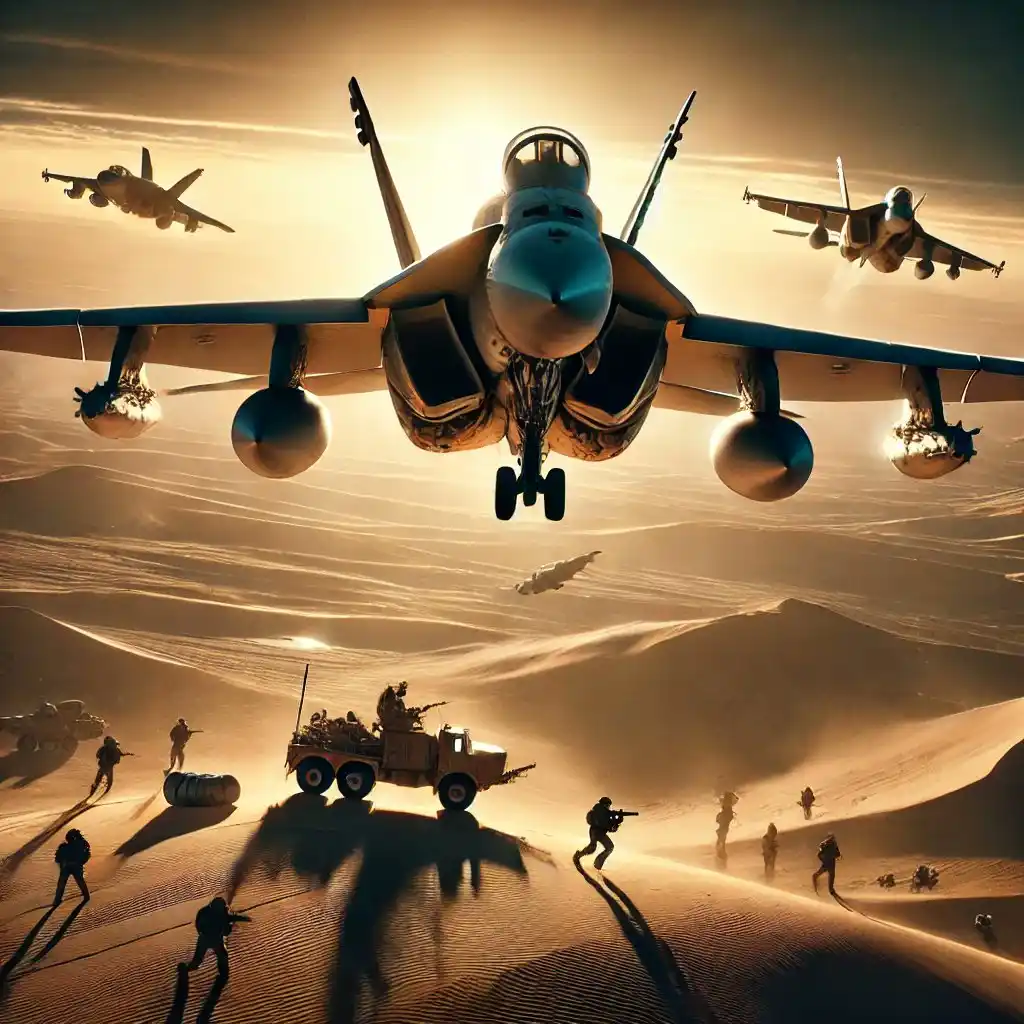
15. Anti-ISIS Campaign (2014-2019)
Operation Impact: The CAF’s contribution included over 1,300 air sorties, intelligence support, and training for Iraqi security forces to dismantle ISIS.
Comprehensive Strategy: Canada’s multifaceted approach balanced direct combat assistance with strategic training and support, showcasing adaptability and commitment to global security.
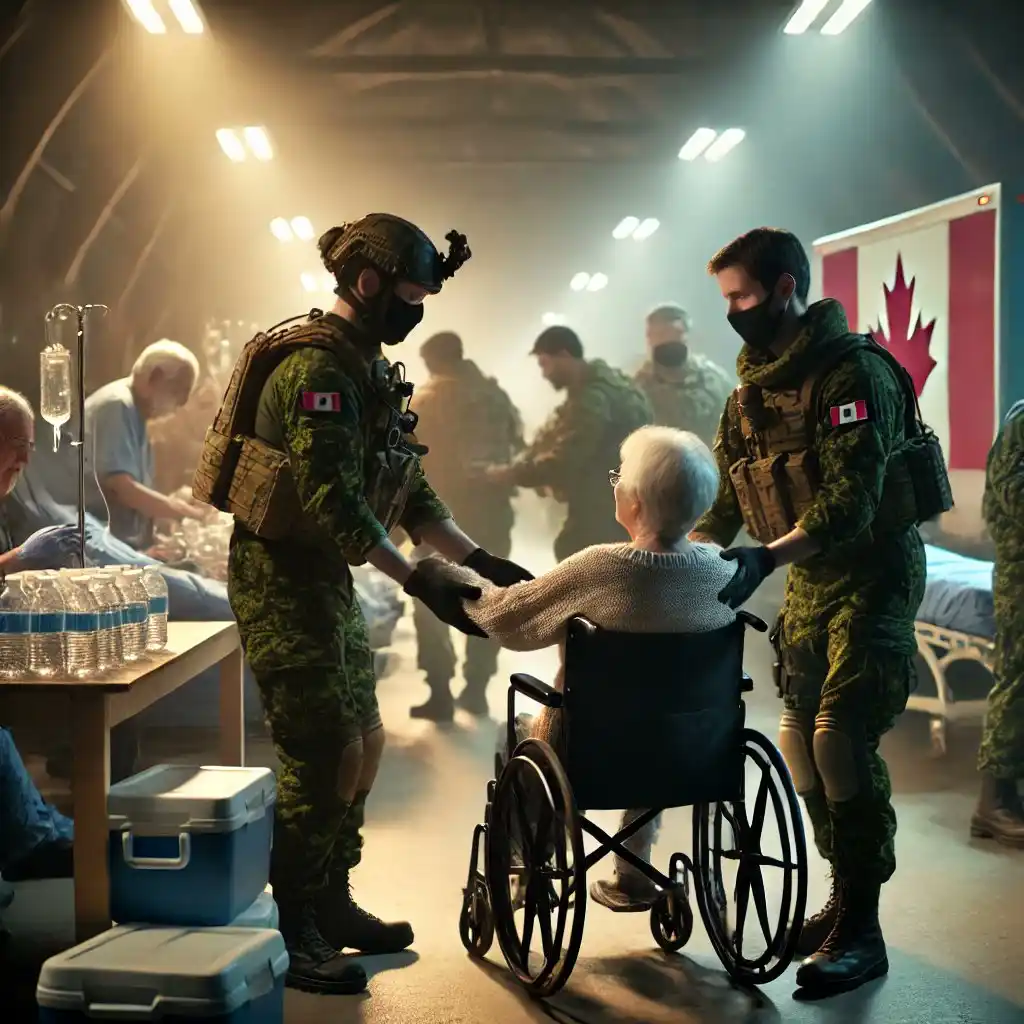
16. COVID-19 Pandemic Response (2020-2022)
Domestic Role and Adaptability: The CAF played a critical role in supporting long-term care facilities and assisting with vaccine logistics across Canada. This mission demonstrated the military’s readiness to pivot from combat to community service, embodying public trust and dedication.
Heroism in Service: The CAF’s involvement in the pandemic response highlighted their unwavering commitment to the safety and well-being of Canadians.
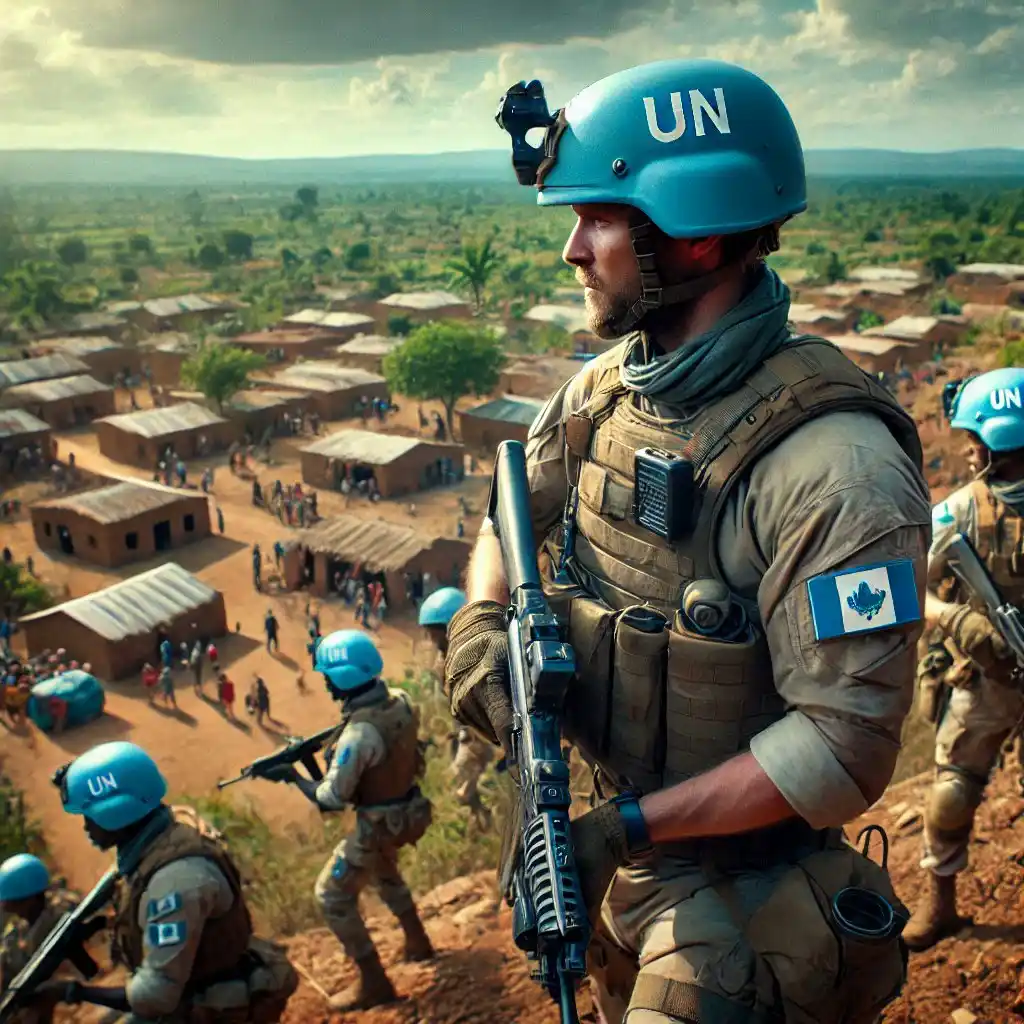
17. Modern Peacekeeping Missions
Continued Engagement: Canada’s ongoing contributions to UN peacekeeping missions in Mali, South Sudan, and the Democratic Republic of Congo reflect its enduring dedication to fostering global peace and protecting civilians in volatile regions.
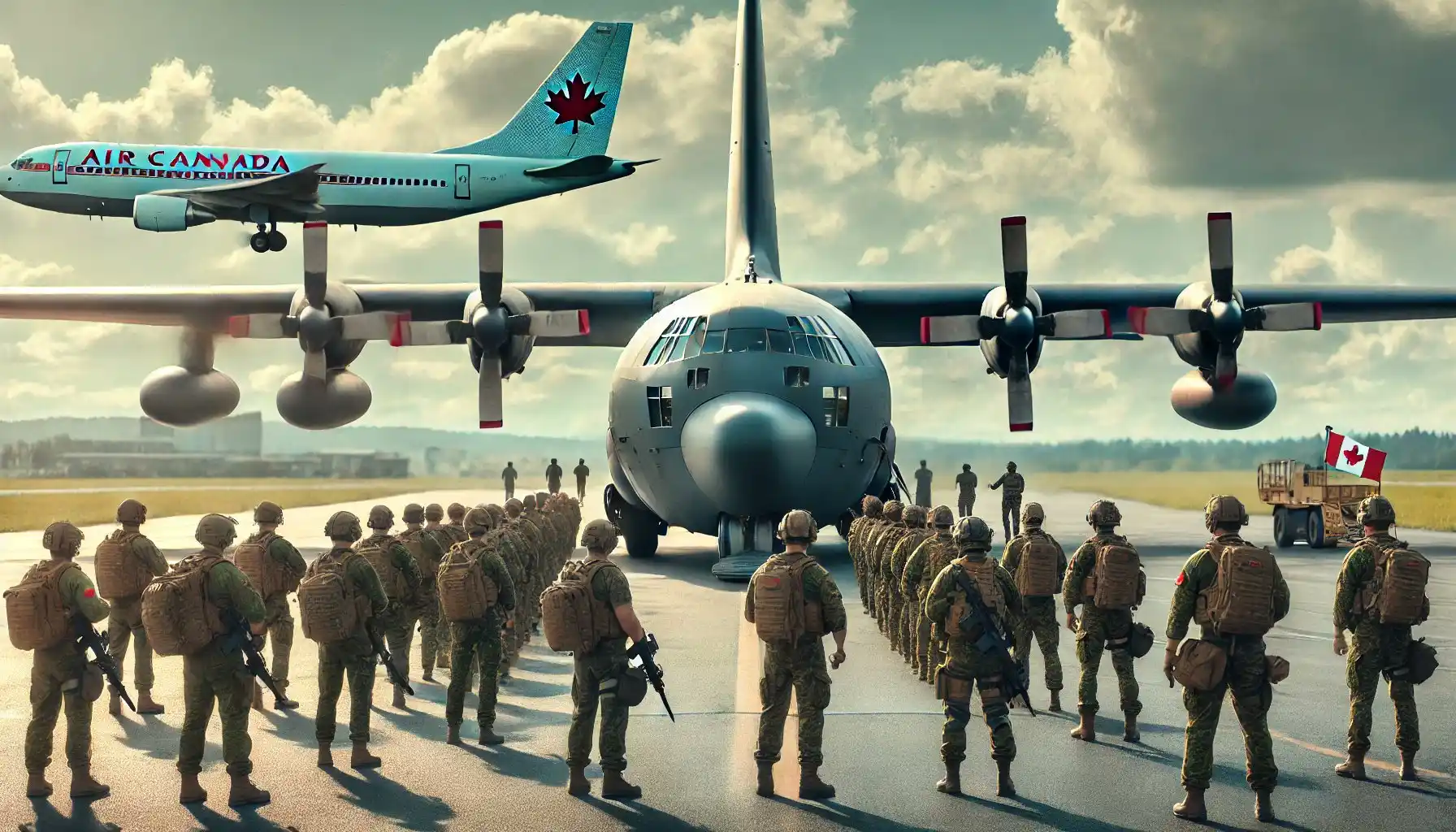
Conclusion:
From the early days of the South African War to modern peacekeeping and humanitarian efforts, Canada’s history from 1900 to 2024 tells an extraordinary story of valour, resilience, and unlimited commitment to the principles of justice and peace. The nation’s involvement in major global conflicts, such as the World Wars, demonstrated its ability to mobilize, fight with distinction, and contribute meaningfully to the defeat of oppressive forces.
In peacekeeping missions from the Suez Crisis to operations in the Balkans, Canada carved out a unique identity as a mediator and protector of human rights, earning international respect for its moral leadership and courage in defending the vulnerable.
Each engagement, whether it was defending the Korean Peninsula, bringing humanitarian aid to Haiti, or training Ukrainian forces, reinforced Canada’s role as a nation that champions democracy, peace, and global cooperation.
The sacrifices made by Canadian men and women — including those who faced unspeakable dangers in battles like Vimy Ridge, Kapyong, and Kandahar — resonate in the fabric of Canadian society.
These stories of selflessness, bravery, and service to the greater good have not only defined Canada’s national character but have also inspired generations to come.
As Canada continues to stand on the world stage, its legacy is not just one of military strength but of a profound dedication to humanitarian values, peacekeeping, and support for oppressed peoples. The contributions and sacrifices of the past 124 years remind us that the true essence of Canadian heroism lies in its steadfast belief in protecting freedom, fostering peace, and upholding the dignity of every human being. This enduring legacy will continue to shape the nation’s path, encouraging future Canadians to carry forward the torch of resilience, compassion, and solidarity in an ever-changing world.
For Canadian Forces: Top Gun Maverick | “Separate Ways” by Journey (Epic Version) https://www.youtube.com/watch?v=G9ysLrEBUkI
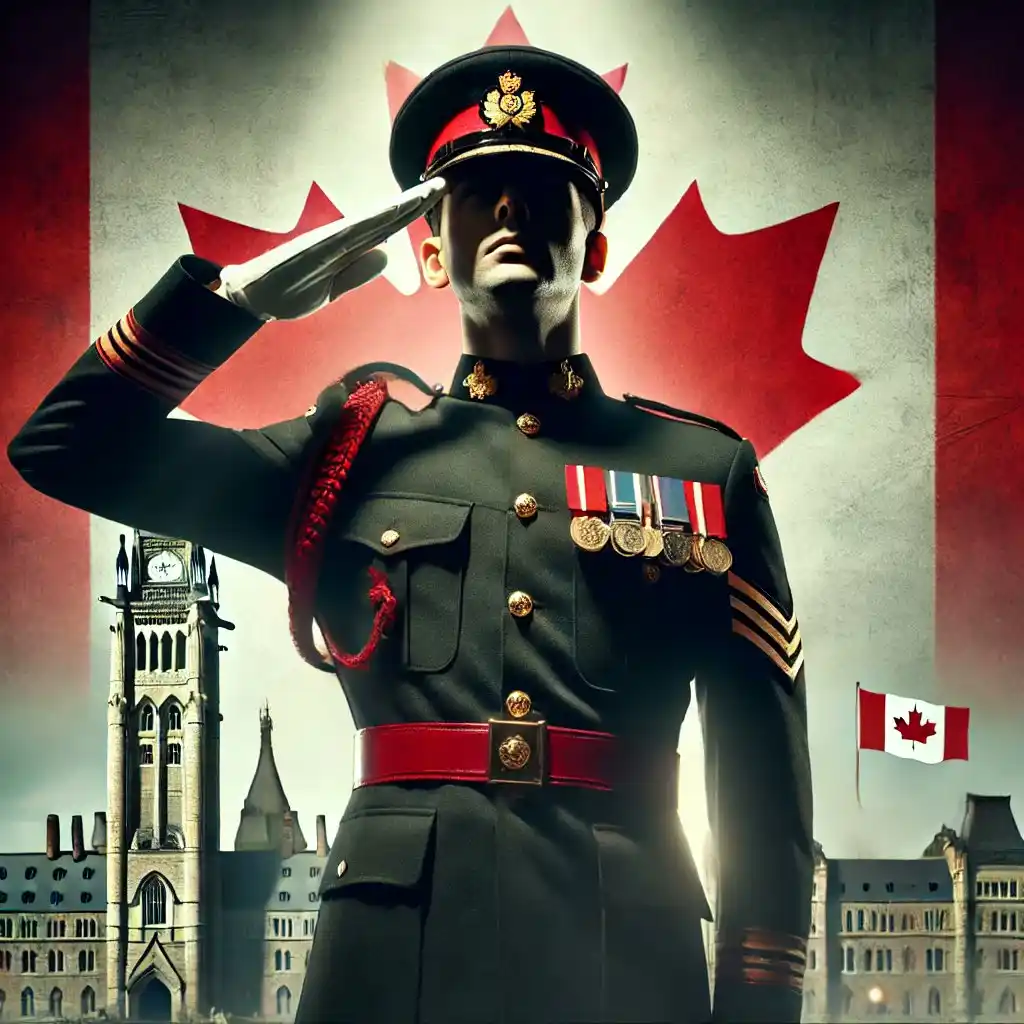
Related Content:
Title: “Safeguarding Canada’s Future: Addressing Economic Stagnation, Defense Vulnerabilities, & National Identity” https://x.com/SkillsGapTrain/status/1853056506750529580
Title: “Guardians or Bystanders: The U.S. Military’s Role in Defending Democracy During a Hypothetical Hostile Takeover” https://x.com/SkillsGapTrain/status/1849237942213963908
Title: “The Fall of the Guardians: Lucifer’s Visit, the Spiritual Siege, & the Coming End of Days” https://x.com/SkillsGapTrain/status/1848698029001355580
Title: “The Soviet Union vs. Dr. Jordan B. Peterson: How Far the USSR Would Go to Annihilate an Ideological Threat” https://x.com/SkillsGapTrain/status/1847382579386995078
Title: “Decoding the Security Enigma: An Analytical Examination of Justin Trudeau’s Governance and Canada’s Vulnerabilities in National Security” https://x.com/SkillsGapTrain/status/1846617485350502431
Title:“During World War I, Canada played a significant and pivotal role. Here are the details highlighting the extent of Canadian involvement:” https://x.com/SkillsGapTrain/status/1853941441896055186
Title: “During World War II, Canada once again demonstrated its remarkable capacity to mobilize and contribute on a global scale.” https://x.com/SkillsGapTrain/status/1853961036191183227
Title: “Military, political, and corporate alliances… — such as BRICS, Russia, China, the WEF, and the WHO —” https://x.com/SkillsGapTrain/status/1853952073563291925
Title: “Critique of the 15-Minute City Model: A Call for Practicality, Sustainability, and Security” https://x.com/SkillsGapTrain/status/1843922512050004143
Title: “The Great Convergence: Resisting the Digital Authoritarianism & Centralized Control of Smart Cities for a Future of Genuine Progress and Freedom” https://x.com/SkillsGapTrain/status/1843323244805538150
Title: “Taking the Life Out of Canada: Systematic Erosion of Security, Prosperity, and National Identity” https://x.com/SkillsGapTrain/status/1842000157874733303
Title: “Battle for Humanity: How Rising Ideological Extremism Could Ignite a Century of Conflict https://x.com/SkillsGapTrain/status/1830676962895110416
Title: “You’re absolutely right — Canada is far from ready, and it’s time we acknowledge the truth about our military capabilities.” https://x.com/SkillsGapTrain/status/1840141909857116275
Title: “Canada’s Total Systems Crisis: Navigating a Multi-Sectoral ‘Everything Crisis’ https://x.com/SkillsGapTrain/status/1834967253424418876
Title:“The Strategic Importance of Canada in World War 3”https://x.com/SkillsGapTrain/status/1811674417812111626
Title: “Canada’s Future at Risk: The New Global Threats to Our Borders and Security” https://x.com/SkillsGapTrain/status/1824932362905333768
Title: “Unmasking the Assault: How Ideological Subversion and a Disregard for Heritage Are Undermining Canada’s Military” https://x.com/SkillsGapTrain/status/1819870765086339413
Title: “AI and Armageddon: Unveiling the Epic Struggle Between Technological Dominion and Human Freedom” https://x.com/SkillsGapTrain/status/1847625815015461375
Title: “BRICS vs. Soviet Union: How a United Bloc Surpasses the Cold War Superpower” https://x.com/SkillsGapTrain/status/1847423165775171895
Title: “Why a Naval Invasion of BC Is Easier from China than India: A Strategic Breakdown” https://x.com/SkillsGapTrain/status/1846508482700440029
Title: “Why Canada is the Greatest Nation on the Planet” https://skillsgaptrainer.com/why-canada-is-the-greatest-nation/
SGT Military Page: https://skillsgaptrainer.com/category/military-science/
‘Fix the broken countries of the west through increased transparency, design and professional skills. Support Skills Gap Trainer.’
To see our Donate Page, click https://skillsgaptrainer.com/donate
To see our YouTube Channel, click https://www.youtube.com/@skillsgaptrainer
